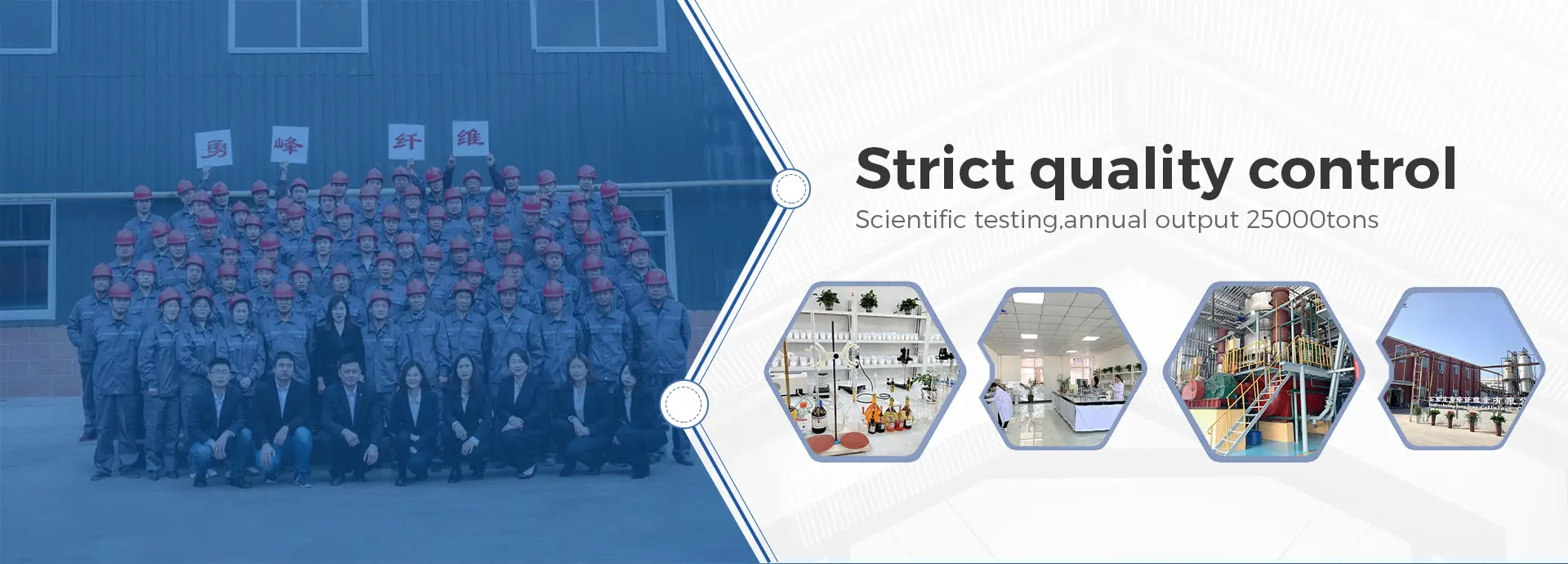Exploring HPMC-Like Tylose A Versatile Polymer for Modern Applications
Hydroxypropyl Methylcellulose (HPMC), widely known for its versatile properties, has gained immense popularity across various industries, including pharmaceuticals, food production, and construction. This article delves into HPMC-like Tylose, examining its characteristics, applications, and significance in contemporary manufacturing processes.
Understanding HPMC and Tylose
HPMC is a semi-synthetic polymer derived from cellulose, providing unique properties such as film-forming abilities, high viscosity, and water solubility. Tylose, a brand name associated with specific grades of HPMC, is characterized by its hydroxypropyl and methyl substitution patterns. This modification enhances its functionality, making Tylose invaluable in a range of applications.
Tylose shares several similarities with traditional HPMC, particularly in its ability to form stable gels and films. However, the tailored properties of Tylose, including its enhanced binding capabilities and improved solubility in cold water, make it particularly appealing for specific applications that require a more specialized approach.
Applications in Multiple Industries
1. Pharmaceuticals In the pharmaceutical sector, Tylose serves as a critical excipient in tablet formulations and controlled-release drug delivery systems. Its ability to form gels and stabilize emulsions ensures consistent drug release profiles, improving bioavailability and therapeutic effectiveness. Moreover, Tylose exhibits excellent compatibility with a wide range of active pharmaceutical ingredients (APIs), making it a preferred choice among formulators.
hpmc like tylose

2. Food Industry Tylose plays a significant role in the food industry as a thickening agent, stabilizer, and emulsifier. Its gelling properties enhance the texture and stability of various food products, such as sauces, dressings, and desserts. Furthermore, as a plant-based ingredient, Tylose appeals to health-conscious consumers and aligns with the growing demand for clean-label products.
3. Construction In construction, Tylose is increasingly utilized in dry-mix mortars and adhesives. Its water-retaining properties enhance the workability of cement-based products, ensuring better adhesion and durability. The incorporation of Tylose into construction materials contributes to energy efficiency, as it helps reduce the requirement for additional water during the mixing process.
4. Cosmetics and Personal Care The cosmetic industry also benefits from the use of Tylose as a thickening and binding agent in lotions, creams, and gels. Its ability to create a smooth texture and enhance product stability makes it a popular choice among formulators looking to improve product performance.
Environmental Considerations
As a cellulose derivative, Tylose is considered to be environmentally friendly, particularly when compared to synthetic polymers. The growing emphasis on sustainability in various industries has prompted increased interest in natural and renewable materials. Tylose's biodegradability aligns with eco-conscious initiatives, making it an attractive option for manufacturers seeking to reduce their environmental footprint.
Conclusion
In conclusion, HPMC-like Tylose emerges as a highly versatile polymer with extensive applications across diverse industries. Its unique properties, coupled with its environmental benefits, make it a preferred ingredient in pharmaceuticals, food, construction, and cosmetics. As industries continue to innovate and adapt to consumer demands, the importance of Tylose and similar cellulose derivatives is poised to grow, solidifying their role in the future of manufacturing and product development. The exploration of Tylose not only highlights advancements in material science but also underscores the importance of sustainable practices in modern production methods.






